are they alive? If yes, when to feed ...
ynot
11 years ago
Related Stories
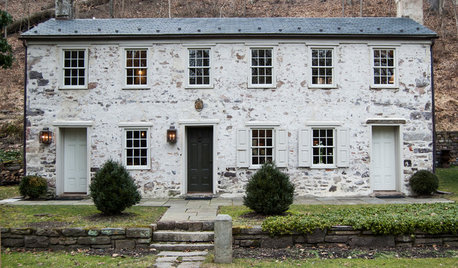
TRADITIONAL HOMESHouzz Tour: A Historic Remodel Keeps the Romance Alive
It was love at first sight for the owner of a 2-centuries-old house. She and her husband renovated it with tender loving care
Full Story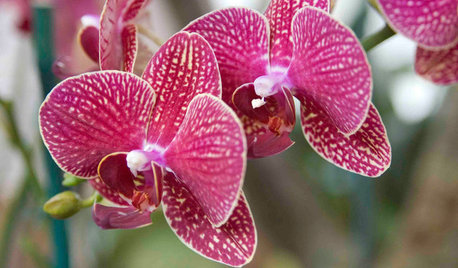
HOUSEPLANTSOrchids 101: How to Keep Your Moth Orchids Alive and Blooming
Growing Phalaenopsis — and getting it to flower again — is easier than you might think
Full Story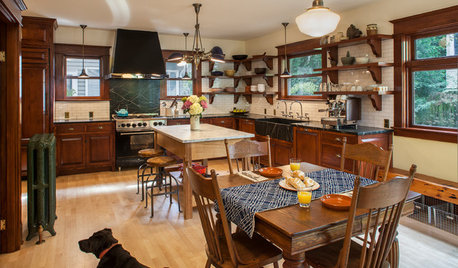
KITCHEN DESIGNKitchen of the Week: Period Details Keep History Alive in Portland
Modern functionality and doubled square footage bring a 1910 kitchen into the present while respecting its past
Full Story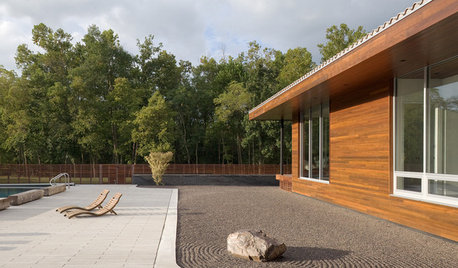
LANDSCAPE DESIGNMake Your Garden Come Alive With a Sense of Movement
Master the illusion of motion for an exceptional garden that stirs emotions and the imagination
Full Story
HOUZZ TOURSMy Houzz: A Country-Style Loft Comes Alive With DIY
Perched cozily above their shop, an Ontario couple's home brims with lovingly handmade and repurposed pieces
Full Story
GARDENING GUIDES8 Native Shrubs for Year-Round Bird Feeding
It’s not just about berries. These plants provide insects for birds and seasonal interest for gardeners
Full Story
HOME TECHTo Feed and Protect: Care for Your Pet From Afar With New Devices
You might miss the nuzzles, but your dog or cat won't miss food, water or monitoring with these high-tech feeders and cameras
Full Story
GARDENING GUIDES15 Native Flowers That Feed Native Bees
These perennials offer superfood to hundreds of bees and are gorgeous in their own right
Full Story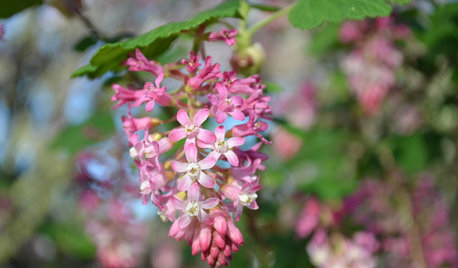
GARDENING GUIDESGreat Design Plant: Feed Wildlife With Flowering Currant
Blossoms and berries make this plant irresistible to birds, bees and other critters — and a treat for the eyes too
Full Story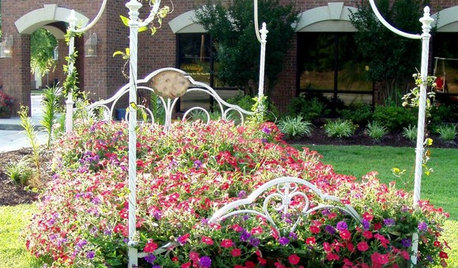
CONTAINER GARDENSYes, You Can Grow a Plant In That
You can upcycle your old typewriter, paint cans, tires and many more things into places for your plants
Full Story





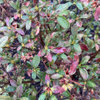

mistascott
rhizo_1 (North AL) zone 7
Related Professionals
Pottstown Landscape Contractors · Bristol Landscape Contractors · Galt Landscape Contractors · Hilo Landscape Contractors · Oak Harbor Landscape Contractors · Seminole Landscape Contractors · Wayland Landscape Contractors · Ansonia Landscape Contractors · Enumclaw Window Contractors · Muttontown Window Contractors · Troy Window Contractors · Oceanside Driveway Installation & Maintenance · Morgan Hill Driveway Installation & Maintenance · Indio Driveway Installation & Maintenance · Littleton Decks, Patios & Outdoor Enclosuresrhizo_1 (North AL) zone 7
mistascott
ynotOriginal Author
mistascott
ynotOriginal Author
kimka
ynotOriginal Author
kimka
mistascott